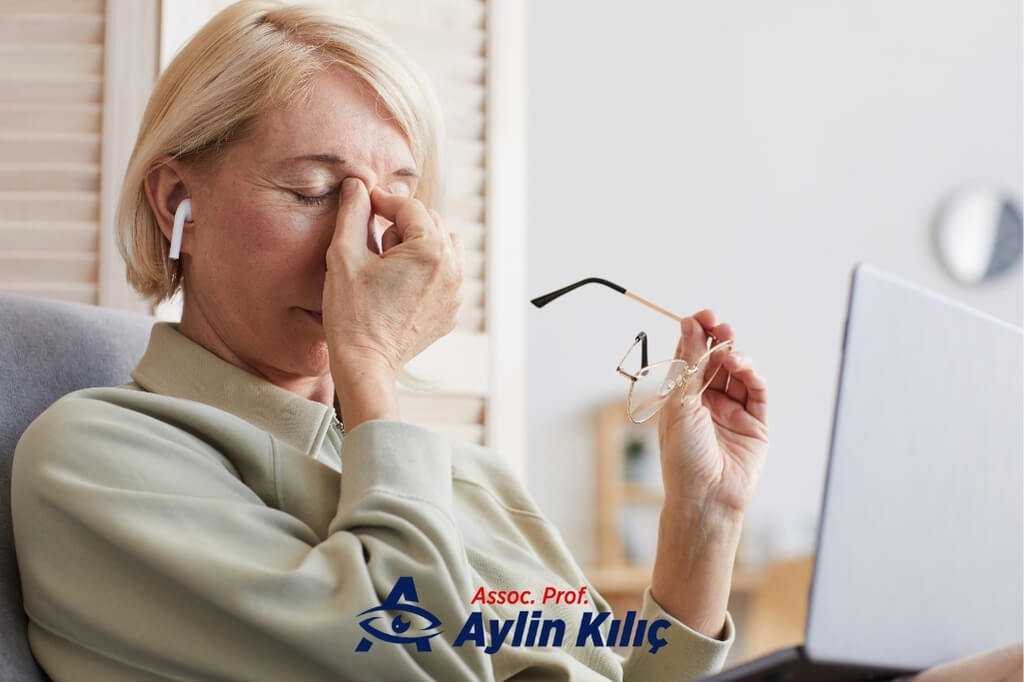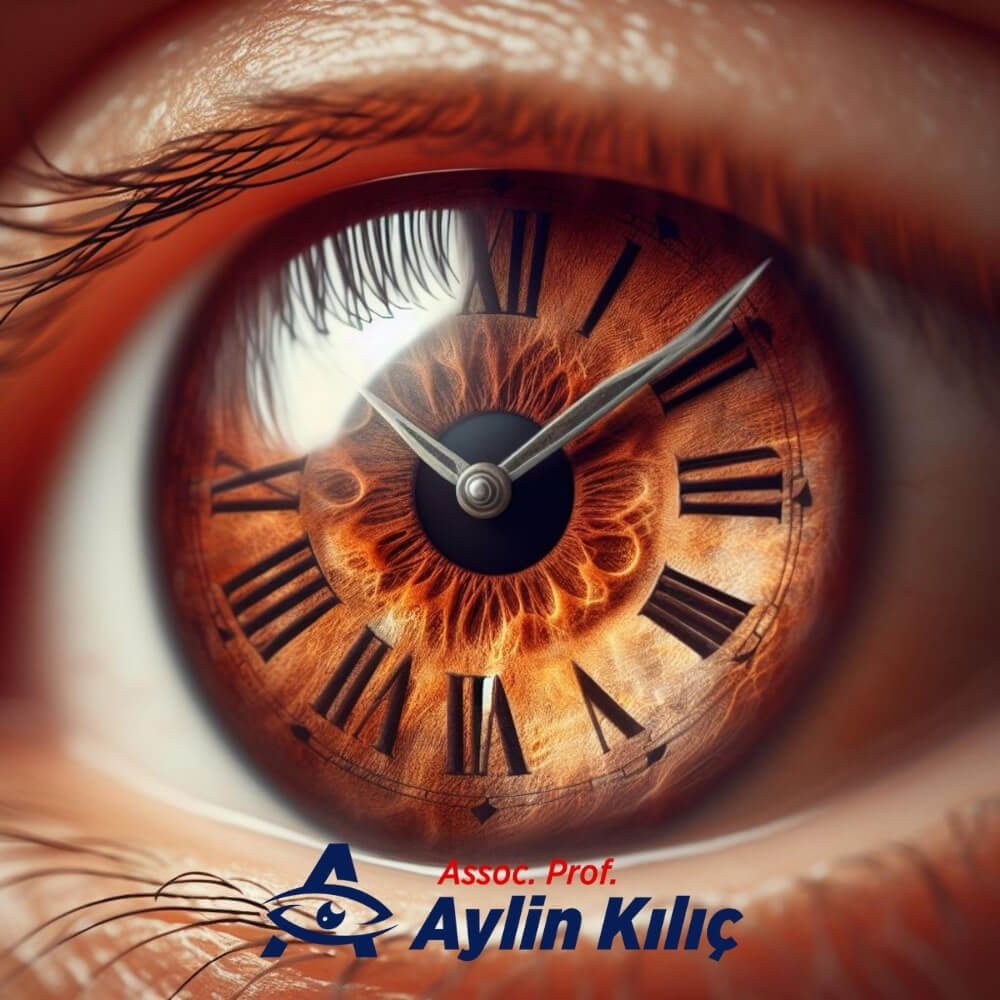There are several age-related eye defects that directly affect vision. The eye defect called Presbyopia can be a good example of eye defects that develop especially due to age. Although the name sounds a bit foreign, we can actually say that this eye defect is a common problem. Let’s not waste any more time and let’s discuss “What is Presbyopia?” in detail.
What is Presbyopia?
Presbyopia is a common eye condition that affects the eye’s ability to focus on close objects and is usually age-related. The word “presbyopia” is derived from the Greek words “presbys” meaning old and “ops” meaning eye. It typically becomes noticeable in individuals around the age of 40 and continues to progress with age.
The human eye has a natural lens that changes shape to focus on objects at different distances. This process is known as accommodation. With age, the natural lens becomes less flexible, making it more difficult for the eye to adjust and focus on close objects. As a result, people with presbyopia often have difficulty reading small print, working on a computer or performing other tasks that require close vision.

Main Features of Presbyopia
1.Presbyopia usually develops gradually and becomes more pronounced over time. It is a natural part of the aging process.
2.Difficulty Focusing on Close Objects: Individuals with presbyopia may experience blurred vision when reading or doing close work. They may find themselves holding reading materials at arm’s length to see them more clearly.
3. Eye strain and headaches: Straining the eyes to focus on close objects can lead to symptoms such as eye strain, headaches and fatigue.
How is presbyopia treated?
A specialist doctor determines the best approach for treating presbyopia. Generally, solutions such as glasses and lenses are preferred in the initial stages such as difficulty in reading. However, surgical treatment methods can also be applied for those who want a permanent solution and are uncomfortable with the use of glasses and lenses. In this respect, let’s list the most preferred treatments below.
1.The Need for Reading Glasses: The most common solution for presbyopia is the use of reading glasses. These glasses have a prescription that helps compensate for the eye’s reduced ability to focus on near objects.
2.Bifocal or Progressive Lenses: In some cases, individuals may prefer bifocal or progressive lenses in their glasses. These lenses have different prescriptions for distance and near vision and provide a seamless transition between the two.
3.Contact Lenses: Multifocal contact lenses are also available for individuals with presbyopia. These lenses have different power zones for near and distance vision.
4.Surgical Intervention: Surgical treatment methods can also be preferred instead of glasses and lenses. Laser treatment or lens surgery applications may be preferred for the intraocular lens. However, it should be said that this is mostly preferred in later periods.
As we said above, this eye defect is a normal and expected part of aging and affects almost everyone to some extent.
Although it cannot be prevented, its symptoms can be effectively corrected with appropriate glasses. Regular eye examinations are important to detect changes in vision.





